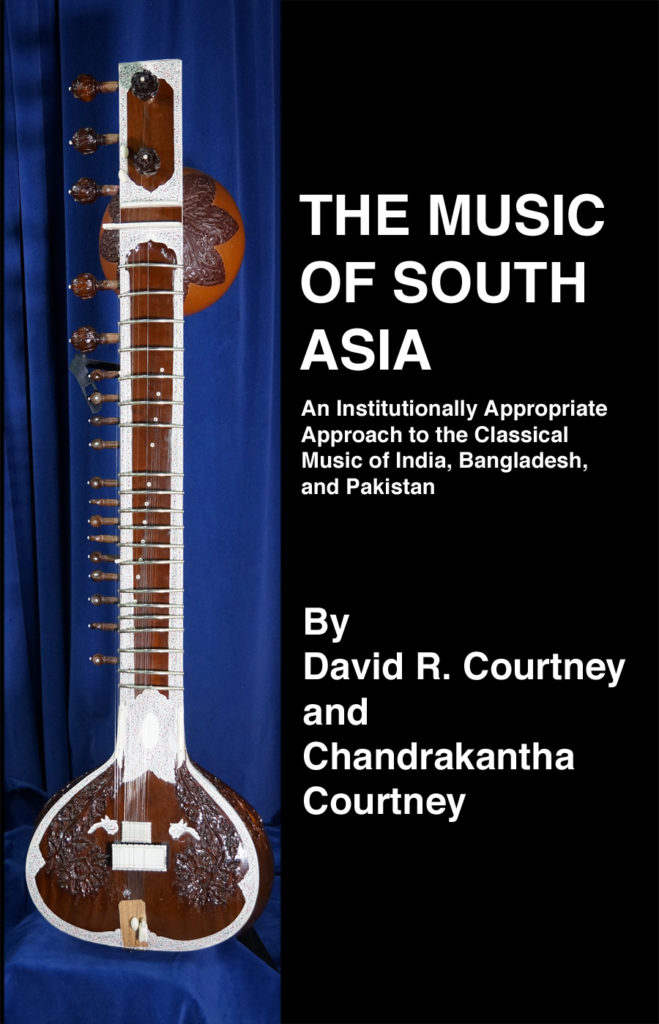
The gopichand, also, known as gopiyantra, ektora, or ektara, is a very popular folk instrument of Bengal. It is an instrument that is much used by the wandering minstrels known as the Baul.
There are several variations on the construction. The length may be as small as one foot or as long as three feet, however 2-3 feet is the norm. It consists of a length of bamboo that is split through most of the length. The two ends are pried apart and attached to a resonator. This resonator may be a coconut, gourd, metal container or a hollowed out cylindrical section of wood. The open end of the resonator is covered with taught skin and a string penetrates the centre. This string is attached to a reinforced section in the centre. This string then passes through the hollow of the resonator and attaches to a tuning peg located in the bamboo.
The sound of the gopichand is most distinctive. There is a peculiar bending of the pitch as the two legs of the bamboo are squeezed together by the left hand while the right hand plucks the string. This is a rhythmic instrument rather than a melodic instrument and it is used to accompany instruments such as kartal, dotora, or khol.
| Are you interested in a secular approach to teaching Indian music. |
|---|
Indian music is traditional taught in a fashion that is linked to Hindu world views. But there are situations, often in schools, where this approach may not be the best. In such situations The Music of South Asia may be the best resource for you. |